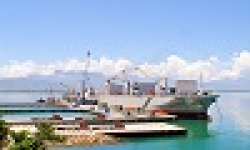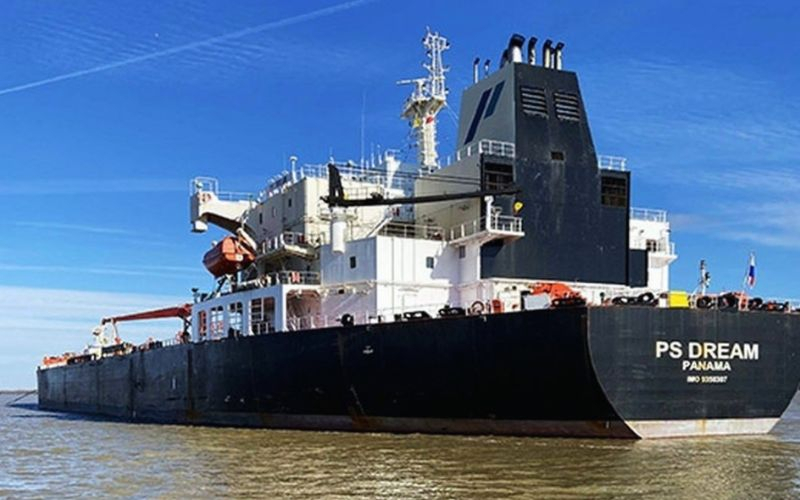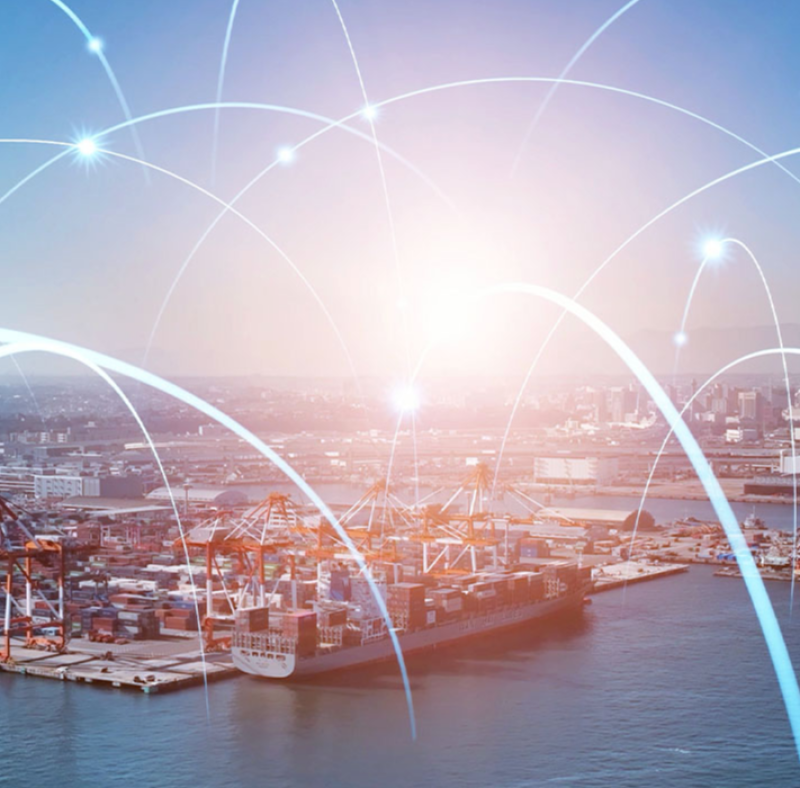
The US Federal Maritime Commission (FMC) has launched an extensive investigation into seven key maritime chokepoints that are significantly affecting global shipping.
The investigation, known as FMC-2025-0005, aims to scrutinize transit limitations at crucial waterways, including the English Channel, Malacca Strait, Northern Sea Passage, Singapore Strait, Panama Canal, Strait of Gibraltar, and the Suez Canal.
As the investigation unfolds, the FMC has various enforcement tools at its disposal. These tools include the ability to issue regulations impacting foreign trade shipping, restrict US port access to vessels from non-compliant nations, hold investigational hearings, and collect evidence through subpoenas and depositions.
Below is an assessment of transit constraints in the critical maritime chokepoints. This assessment reflects the state of these chokepoints as of March 17, 2025, drawing from recent reports and established trends.
– The English Channel, connecting the North Sea to the Atlantic Ocean between the United Kingdom and France, is one of the busiest shipping lanes in the world, handling around 500 vessel transits daily. No major disruptions were reported in early 2025, but the FMC’s focus may stem from long-term concerns about capacity and weather-related vulnerabilities.
Geopolitical stability between the United Kingdom and the European Union minimizes overt disruptions, but post-Brexit customs checks have occasionally slowed port operations at Dover and Calais.
– Malacca Strait is carrying roughly 25% of global maritime trade, including significant oil shipments to East Asia. Piracy and armed robbery remain concerns, with 62 incidents reported in 2024 by ReCAAP, including a notable attack on a bulk carrier on January 7, 2025. While reduced from historical highs, these incidents heighten security costs.
The persistence of security threats and the strait’s critical role in energy trade (e.g., 80% of China’s oil imports) likely prompted FMC scrutiny.
– The Northern Sea Route offers a shorter path between Europe and Asia, but its use is limited by ice and harsh conditions. Russia’s increasing militarization of the Arctic, including new bases and patrols, introduces geopolitical risks and potential transit fees or restrictions.
Russia’s growing control over this route has raised concerns in Western capitals, potentially influencing the FMC’s interest in its reliability for US trade. While currently a niche route, disruptions could limit its potential as an alternative to the Suez Canal, affecting long-term shipping strategies.
– In Panama Canal, droughts have reduced water levels in Gatun Lake, cutting daily transits from 38 to 24 during peak restrictions in 2023-2024. While conditions improved by early 2025 (975 transits in February), capacity remains vulnerable.
Geopolitical tensions flared in late 2024 over US calls to reclaim control, raising fears of future disruptions, though a port sale by Hutchison in March 2025 eased some concerns. The FMC’s investigation, launched March 14, 2025, coincides with lingering US-Panama disputes and a Senate hearing in January 2025 revisiting canal policies.
– Gibraltar links the Mediterranean Sea to the Atlantic, with around 60,000 vessels transiting annually. While geopolitically stable, its proximity to North Africa raises long-term security concerns (e.g., potential migrant or smuggling disruptions).
While no acute crises were reported in early 2025, Gibraltar’s strategic importance to European-US trade likely drives FMC interest.
– In the Suez Canal, Houthi attacks since late 2023 have deterred transits, dropping daily averages from 80 in October 2023 to 29 by September 2024. Though some recovery occurred by early 2025, risks persist. Diversions to the Cape of Good Hope extend transit times, raise costs and strain supply chains for Europe, Asia, and the United States.





























